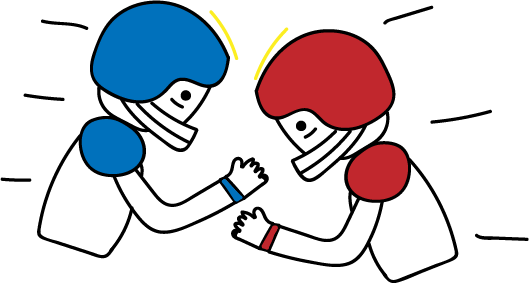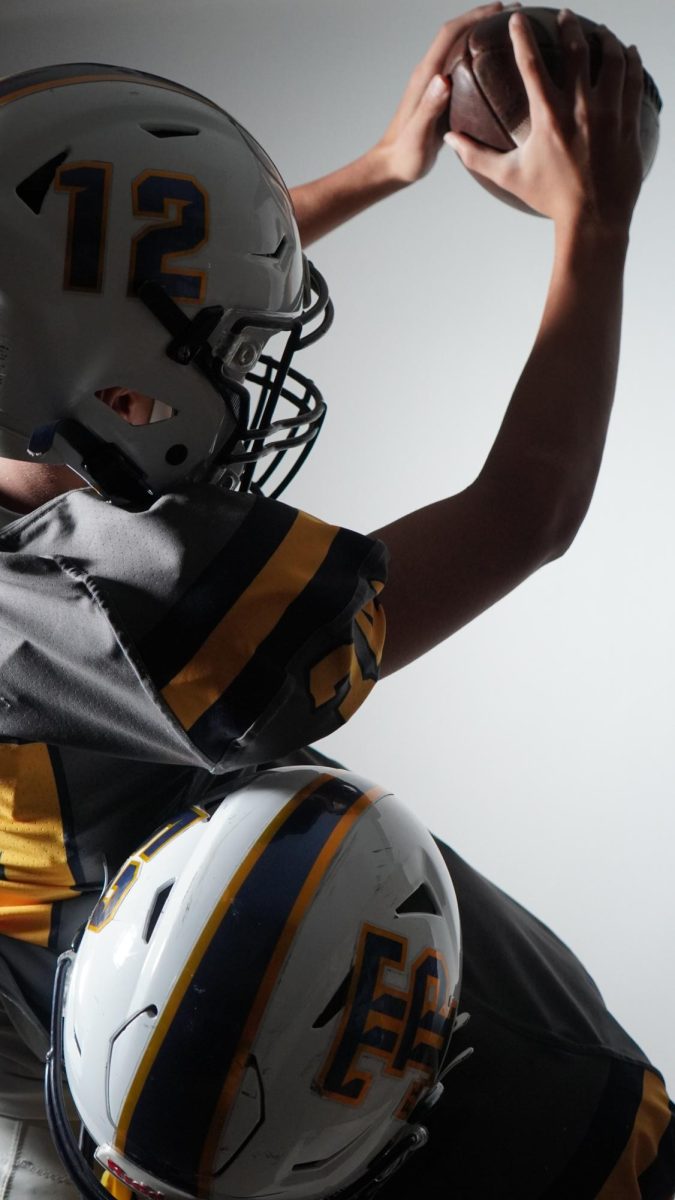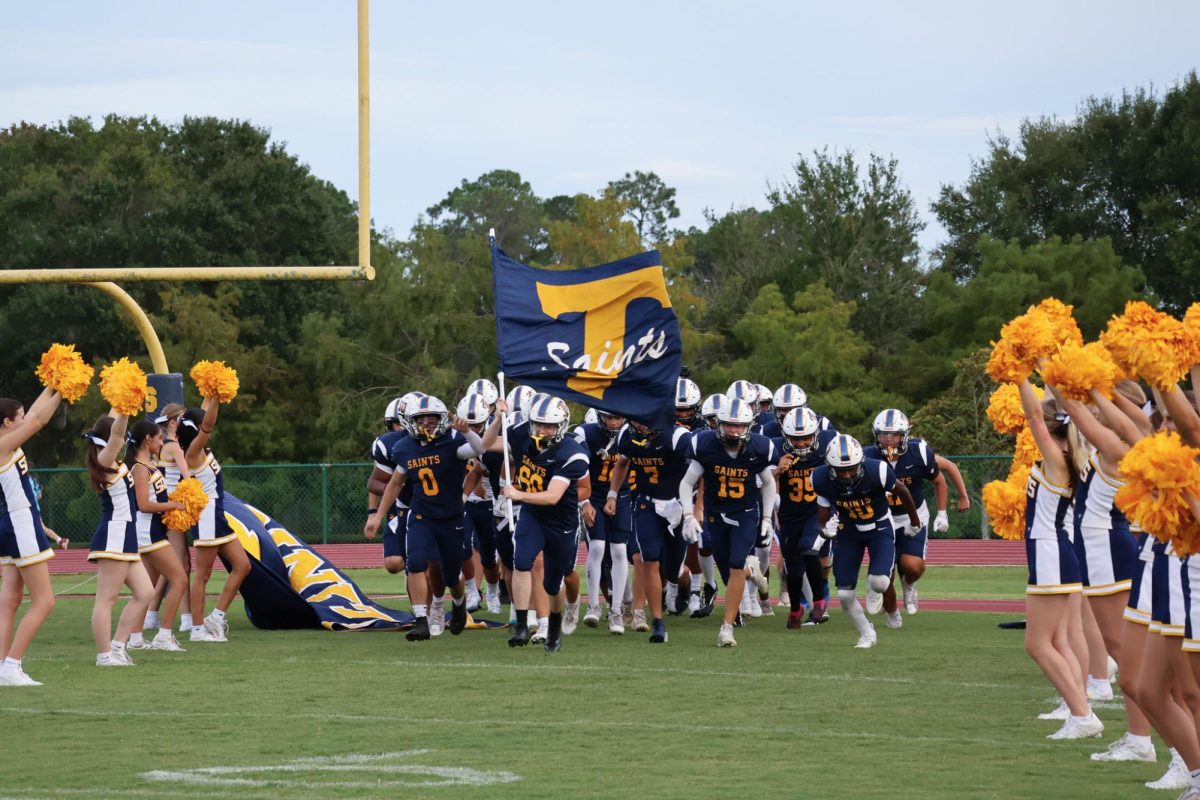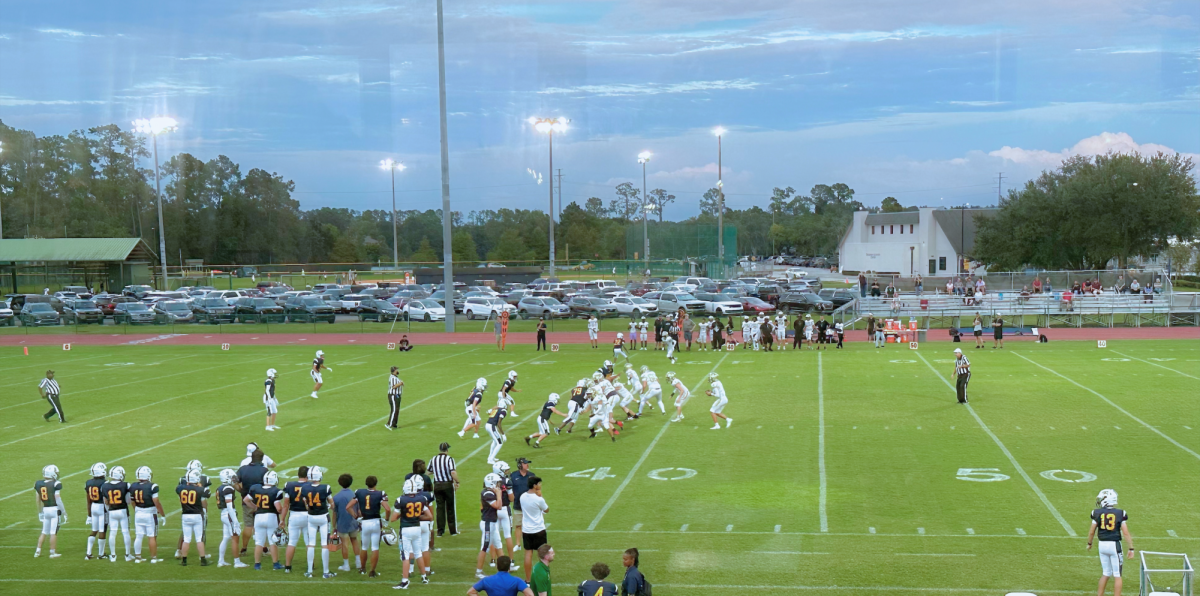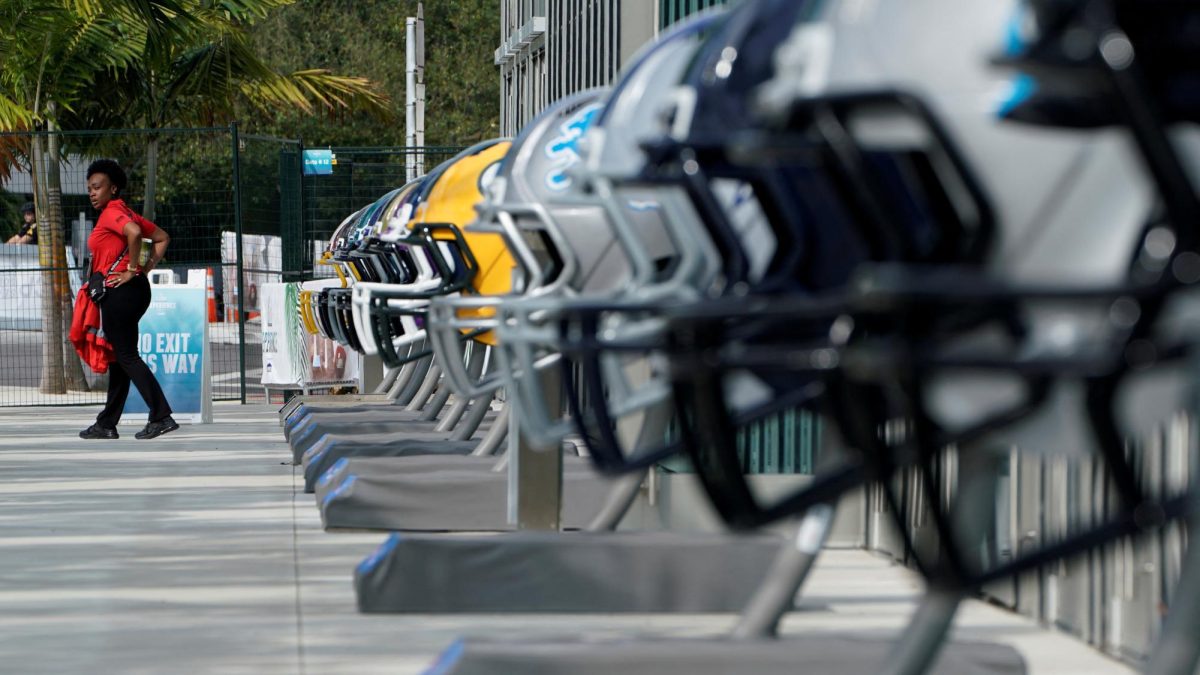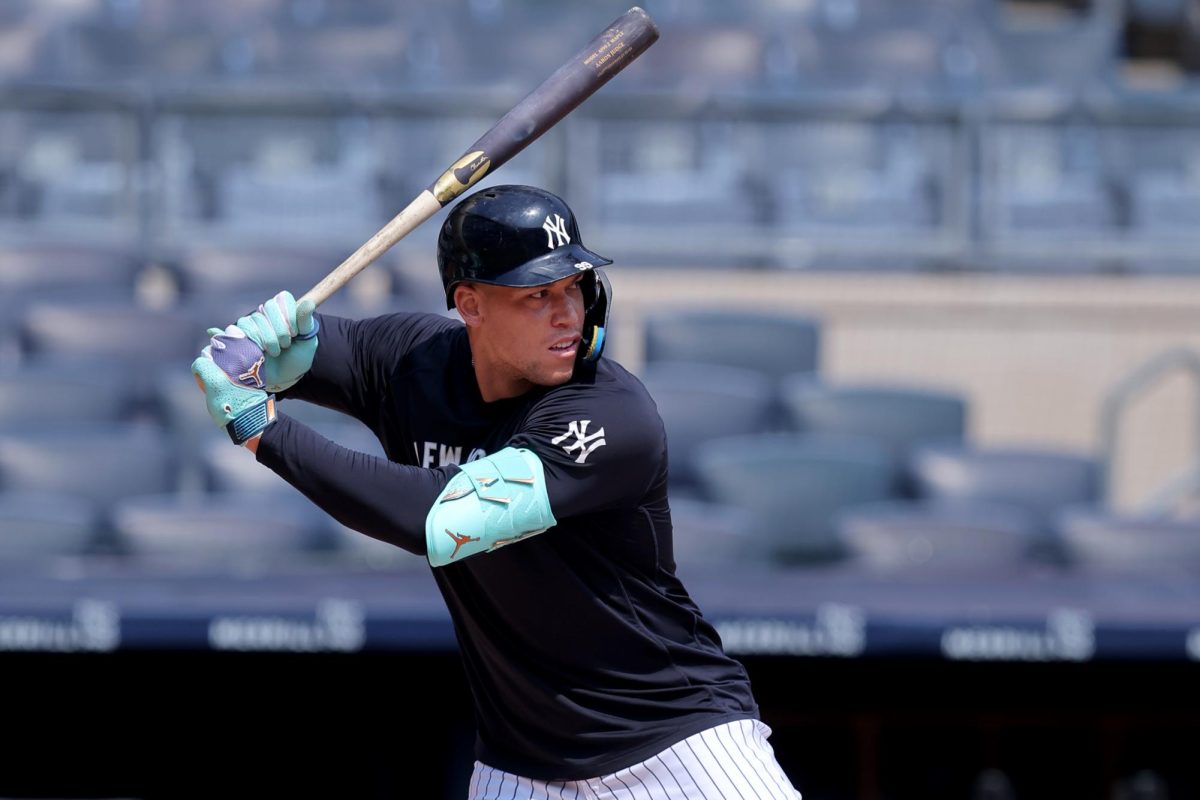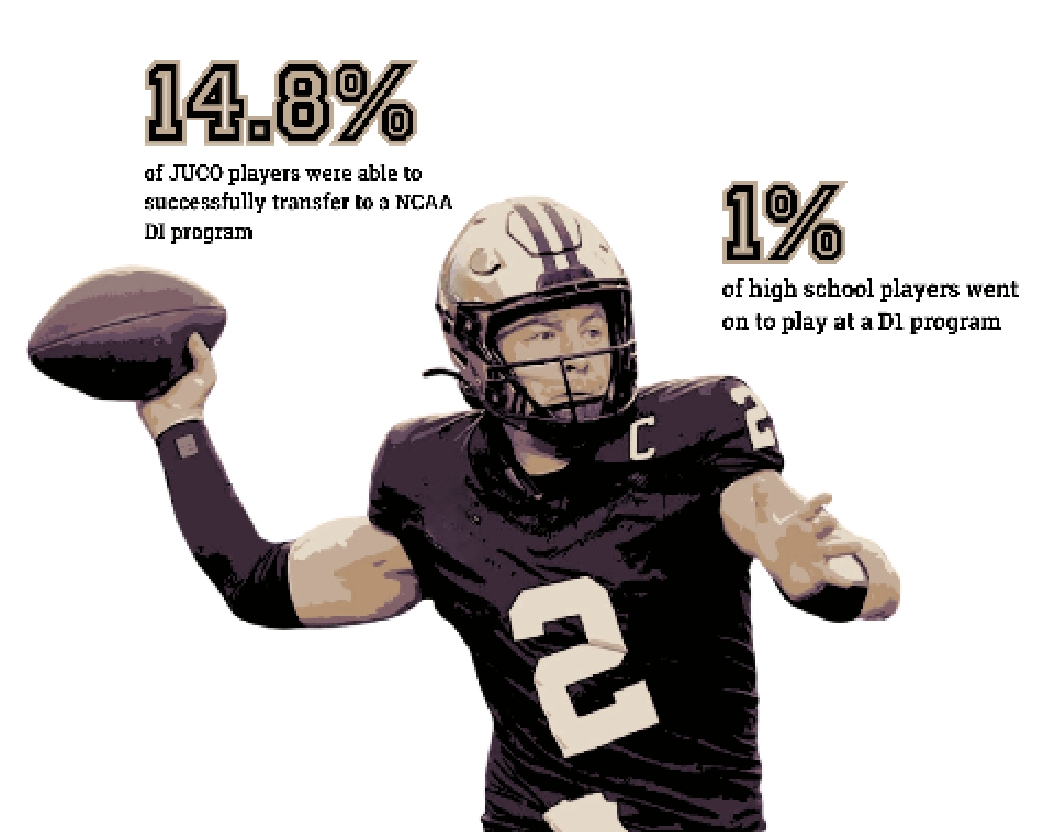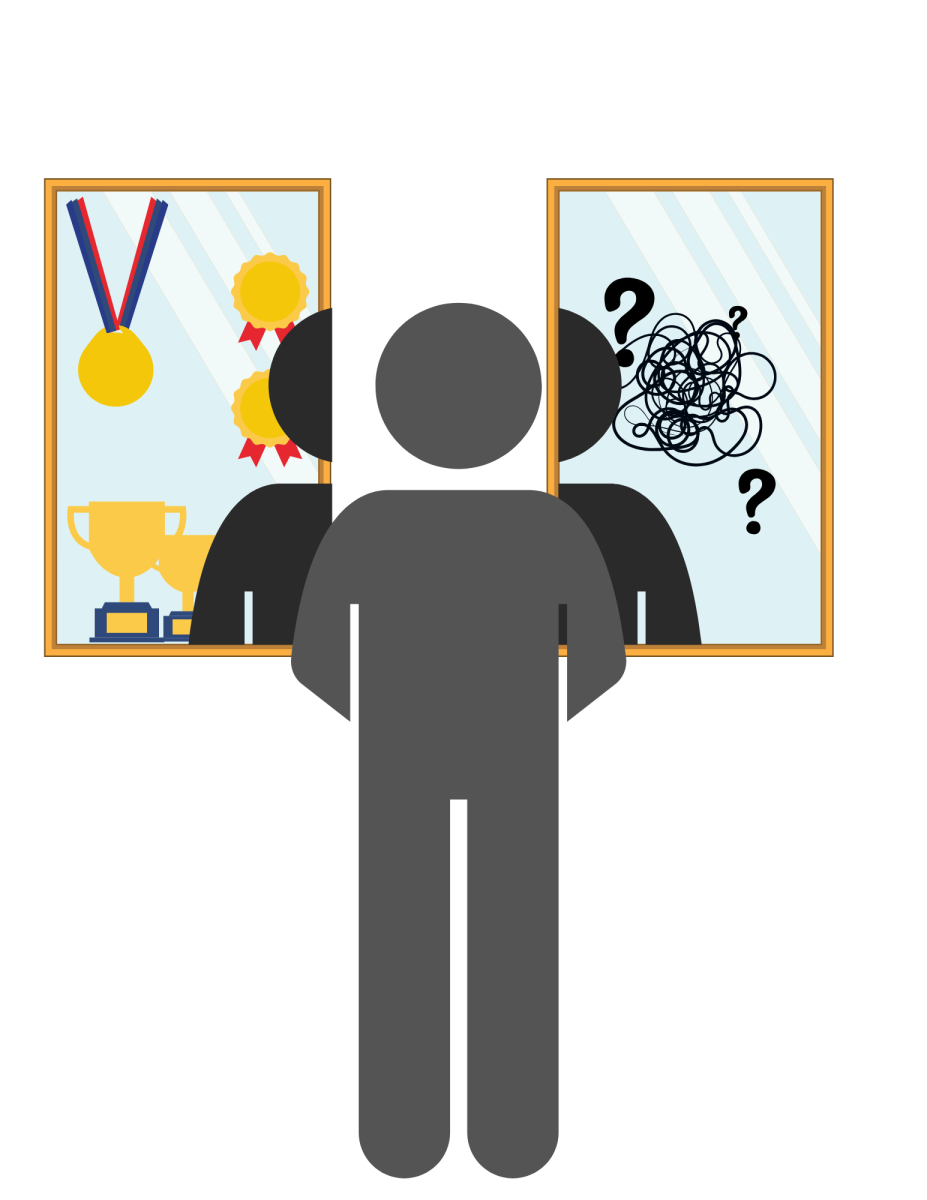When people think of concussions, the first thing that comes to mind is football, mainly the NFL and college football. What they don’t often think of is all of the other sports that also have a high number of concussions. Recent findings show more and more athletes who suffer head injuries are at risk for Chronic Traumatic Encephalopathy (CTE). CTE is a degenerative brain disease commonly found in athletes, according to Concussions Legacy Foundation. It can cause mental illness, dementia, and early death.
It’s not just the professional and college level where athletes are suffering concussions, in high school and middle school sports concussions are becoming a very serious issue as well. According to the Washington Post, concussions most commonly occur in girls soccer, even though football-related concussions get the most national attention.
Trinity is doing everything they can to help screen and prevent concussions. Trinity athletes are required to take the baseline impact test, before participating in a sport. Also, the Trinity football team does not participate in any contact drills in practice for concussion prevention.
“I was learning a new dive (front one and a half) and instead of breaking the water with my hands I broke the water with my head three times in a row,” senior diver Alexandra Rick said after recently getting her first concussion. “It felt like hitting concrete the third time.”
Eighth grade soccer player JJ Stein also has experience with concussions on the sports field.
“My first concussion happened at a soccer tournament and a girl kicked the ball at my head at a very close distance,” Stein said.
She has since suffered another concussion on the soccer field.
Most know the basic concept of a concussion, but they don’t know what actually goes on in the head of an athlete when they get a concussion.
A concussion is a brain injury caused by a hit to the head or body that forces the brain to move quickly inside the skull.
Sometimes athletes get concussions and don’t realize they have one. The most common signs of having a concussion include vomiting, headaches and memory loss. Some people black out immediately after they receive the initial contact, but sometimes it takes a little time to realize they have a concussion.
“I got [the concussion] Monday, but I didn’t realize until Wednesday when my teacher encouraged me to take the impact test, which I completely failed,” Rick said.
Rick struggled with nausea, ringing in her ears and being mentally foggy. On the other hand, Stein briefly blacked out after her first concussion. In both of Stein’s concussions, she experienced headaches and sensitivity to light.
Concussions may never be fully avoidable, but new technology has helped to lessen the chance of athletes getting a concussion in many sports. Scientists have looked at woodpeckers as a source of inspiration for concussion prevention. Woodpeckers have a layer of cushion between their skull and their brain, allowing them to constantly be hitting their head against wood. Technology has been advanced to mimic the structure of a woodpecker.
There have been so many new helmet designs for football. In soccer, concussion bands are becoming popular to help resist the impact from headers. Although new technology might be able to lessen the severity of the impacts, there may never be a way to prevent the brain from rattling in the skull.
Concussions can also be prevented by the rules of the sport. For instance, in most of football, targeting is a penalty resulting in an automatic ejection from the game. Targeting is when a player makes contact with the opposing player to the head or neck area and is also when a player initiates contact with the front, also known as crown, of their own helmet. A recent rule has been set stating that soccer players in under the age of 12 are not allowed to head the ball. One day headers could be totally eliminated from the sport.
In some cases coaching can also make a difference in the number of concussions. If a soccer player is taught to head the ball the wrong way, it can increase the risk of getting a concussion. Some football players are taught to hit with their head first, which can also be very harmful, not only to the person making the hit, but also the person receiving it.
The future is still unknown. Helmets could be taken out of football to prevent head on collisions. Heading might be banned from all of soccer. If concussions aren’t addressed, football and other sports could be in jeopardy in the future. Will sports become safer for athletes? Only time will tell.



